Filter by
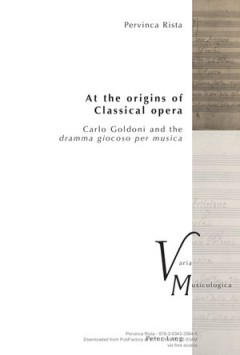
At the origins of Classical opera
Venetian playwright and pioneer of modern theatre Carlo Goldoni (1707-1793) led a ‘double life’ as a librettist, authoring nearly as many libretti as comedies- libretti which, born from the same mind and the same hand that brought forth his famous, and famously controversial, overhaul of the practices of comic theatre, could not but push the limits of the standing tradition to open a new c…
- Edition
- -
- ISBN/ISSN
- 9783034335645
- Collation
- -
- Series Title
- -
- Call Number
- 780
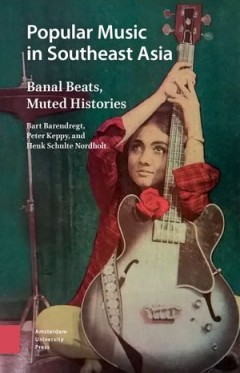
Popular Music in Southeast Asia: banal beats, muted histories
From the 1920s on, popular music in Southeast Asia was a mass-audience phenomenon that drew new connections between indigenous musical styles and contemporary genres from elsewhere to create new, hybrid forms. This book presents a cultural history of modern Southeast Asia from the vantage point of popular music, considering not just singers and musicians but their fans as well, showing how the …
- Edition
- -
- ISBN/ISSN
- 9789048534555
- Collation
- -
- Series Title
- -
- Call Number
- 780
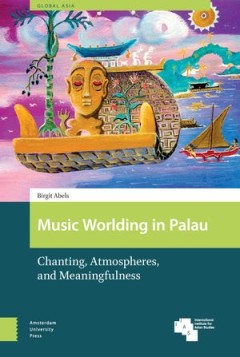
Music Worlding in Palau: chanting, atmospheres, and meaningfulness
Music Worlding in Palau: Chanting, Atmospheres, and Meaningfulness is a detailed study of the performing arts in Palau, Micronesia as holistic techniques enabling the experiential corporeality of music’s meaningfulness—that distinctly musical way of making sense of the world with which the felt body immediately resonates but which, to a significant extent, escapes interpretive techniques. D…
- Edition
- -
- ISBN/ISSN
- 9789048550517
- Collation
- -
- Series Title
- -
- Call Number
- 780

The Illiterate Listener: on music cognition, musicality and methodology
We have known for some time that babies possess a keen perceptual sensitivity for the melodic, rhythmic and dynamic aspects of speech and music: aspects that linguists are inclined to categorize under the term ‘prosody’, but which are in fact the building blocks of music. Only much later in a child’s development does he make use of this ‘musical prosody’, for instance in delineating a…
- Edition
- -
- ISBN/ISSN
- 9789048526987
- Collation
- -
- Series Title
- -
- Call Number
- 780

Landscapes of Music in Istanbul : A Cultural Politics of Place and Exclusion
Everyday articulations of music, place, urban politics, and inclusion/exclusion are powerfully present in Istanbul. This volume analyzes landscapes of music, community, and exclusion across a century and a half. An interdisciplinary group of scholars and artists presents four case studies: the rembetika, the music of the Asiks, the Zakir/Alevi tradition, and hip-hop, in Beyoglu, Üsküdar, t…
- Edition
- -
- ISBN/ISSN
- 978-3-8394-3358-4
- Collation
- -
- Series Title
- -
- Call Number
- 780 LAN
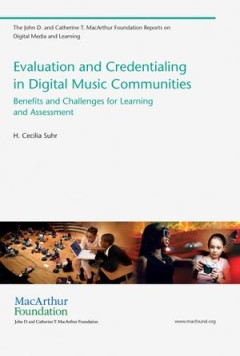
Evaluation and Credentialing in Digital Music Communities; Benefits and Chall…
An examination of the use of digital badges as a reward for both casual online music evaluators and professional musicians.
- Edition
- -
- ISBN/ISSN
- 9780262527149
- Collation
- -
- Series Title
- -
- Call Number
- T 372.87 SUH e

Holy hip hop in the City of Angels
In the 1990s, Los Angeles was home to numerous radical social and environmental eruptions. In the face of several major earthquakes and floods, riots and economic insecurity, police brutality and mass incarceration, some young black Angelenos turned to holy hip hop—a movement merging Christianity and hip hop culture—to “save” themselves and the city. Converting street corners to open-ai…
- Edition
- -
- ISBN/ISSN
- 9780520968790
- Collation
- -
- Series Title
- -
- Call Number
- 306.4 ZAN h

Karawitan, Volume 3: Source Readings in Javanese Gamelan and Vocal Music
The twentieth century has spawned a great interest in Indonesian music, and now books, articles, and manuscripts can be found that expound exclusively about karawitan (the combined vocal and instrumental music of the gamelan). Scholar Judith Becker has culled several key sources on karawitan into three volumes and has translated them for the benefit of the Western student of the gamelan traditi…
- Edition
- -
- ISBN/ISSN
- 9780472901661
- Collation
- -
- Series Title
- -
- Call Number
- 781.6 KAR k
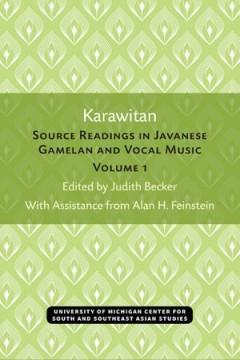
Karawitan, Volume 1: Source Readings in Javanese Gamelan and Vocal Music
The twentieth century has spawned a great interest in Indonesian music, and now books, articles, and manuscripts can be found that expound exclusively about karawitan (the combined vocal and instrumental music of the gamelan). Scholar Judith Becker has culled several key sources on karawitan into three volumes and has translated them for the benefit of the Western student of the gamelan traditi…
- Edition
- -
- ISBN/ISSN
- 9780472901647
- Collation
- -
- Series Title
- -
- Call Number
- 781.6 KAR k

Just Vibrations: The Purpose of Sounding Good
Modern academic criticism bursts with what Eve Kosofsky Sedgwick once termed paranoid readings—interpretative feats that aim to prove a point, persuade an audience, and subtly denigrate anyone who disagrees. Driven by strategies of negation and suspicion, such rhetoric tends to drown out softer-spoken reparative efforts, which forego forceful argument in favor of ruminations on pleasure, love…
- Edition
- -
- ISBN/ISSN
- 9780472900565
- Collation
- -
- Series Title
- -
- Call Number
- 362.4 MCC j
 Computer Science, Information & General Works
Computer Science, Information & General Works  Philosophy & Psychology
Philosophy & Psychology  Religion
Religion  Social Sciences
Social Sciences  Language
Language  Pure Science
Pure Science  Applied Sciences
Applied Sciences  Art & Recreation
Art & Recreation  Literature
Literature  History & Geography
History & Geography